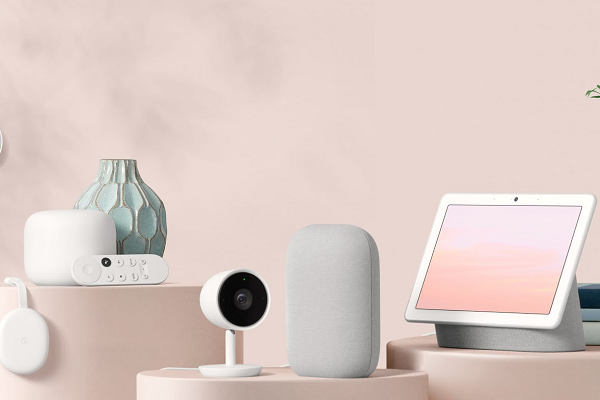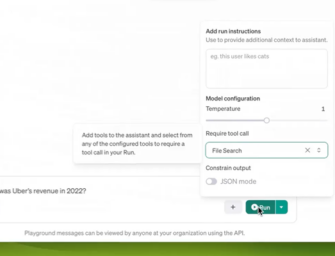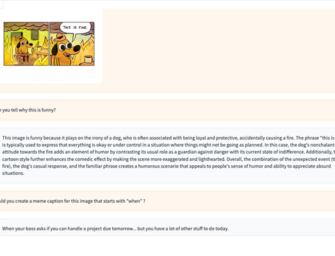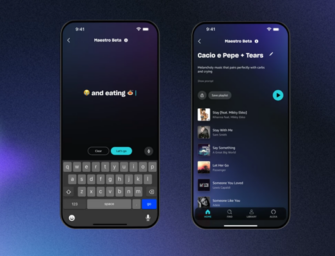Google Nest Weaves Sophisticated Smart Home Web Four Years After Google Home’s Debut
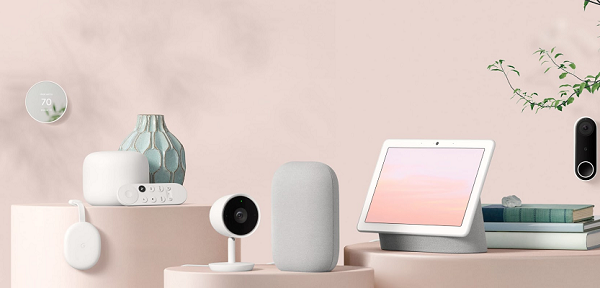 Google Assistant and the company’s smart device ecosystem have evolved enormously in the four years since introducing the Google Home smart speaker. As a nod to that history, we have selected a few themes showcasing some of the changes to what is now officially the Google Nest line of devices and its attendant voice assistant since last year’s anniversary.
Google Assistant and the company’s smart device ecosystem have evolved enormously in the four years since introducing the Google Home smart speaker. As a nod to that history, we have selected a few themes showcasing some of the changes to what is now officially the Google Nest line of devices and its attendant voice assistant since last year’s anniversary.
Hardware Foundation
None of Google’s changes and additions happen in a vacuum, but a good starting point is to look at how different the hardware supporting Google Assistant in some form looks compared to last year. As can be seen at the top of the piece, the official Nest catalog is almost entirely different. Perhaps the biggest change is the final removal of the original Google Home smart speaker from the family photo after it vanished for good from Google’s store in May. Now, the Nest Audio sits in the middle pride of place after debuting in September at Google’s Launch Night In, the virtual version of the annual Made by Google event.
Google rolled out a new Chromecast with Google TV and the Pixel 4A and Pixel 5 smartphones at the same event, all with the option to connect and control Nest devices through Google Assistant. Google isn’t limiting its smart home support to its own creations. The company shared plans to make it easier for third-party manufacturers to include Google Assistant in their products with tools like the Smart Home for Entertainment Device (SHED) API at the “Hey Google” Smart Home Virtual Summit in July. That announcement followed months of quietly adding Google Assistant support for passive sensors and new smart home devices like doorbells and laundry appliances.
Software Steps Up
The expanded hardware options have trickled out in tandem with software upgrades and changes to encourage companies and consumers alike to think of Google Assistant as the heart of smart homes. Google announced support for new intent domains and household authentication tokens at the virtual summit, but a look at the whole year of announcements shows a wide range of improvement. Google’s smart displays can boast adding group calls and Zoom meetings, and an entirely new interface.
Voice interactions are transforming from last year too with enhanced Voice Match setup Voice Match and the feature’s expansion to any compatible device. The best example of Google Nest and Google Assistant achieving this third-party connection came in August when Google announced a partnership and $450 million investment in home security provider ADT. The two companies are now working on a plan for future Google Nest devices to support ADT’s security monitoring, but have already added Google Nest to ADT’s product line. Google Assistant’s smart home presence is on the rise as it is, running on more than 50,000 smart home devices made by more than 5,500 brands, quintupling in size from a couple of years ago, and only likely to accelerate.
Security Nest
Security has continued to be a pressing concern for Google’s smart home plans from the other direction as well. The fallout from last summer’s investigations over how Google Assistant deals with recordings continues. Google decided to restart human reviews of audio recorded by its software, but with a new voluntary program. The goal for Google is earning people’s trust again, although having to admit just a week later that some Google smart speakers recorded people even without deliberately activating the voice assistant was not a good look. In that instance.
To combat that particular problem, Google had already begun including a wake word sensitivity control so that smart speaker and display owners can adjust how quickly the voice assistant is to activate, even when not asked to do so. Allaying privacy concerns is also why Google Assistant incorporated a Guest Mode into its settings. The result brings the incognito windows of a web browser into voice through the newly announced Guest Mode feature for Google Assistant. Like incognito mode in Chrome or Firefox, switching to Guest Mode keeps the voice assistant from accessing a user’s account to get personalized responses and automatically not save any interaction.
Predicting Google’s world of smart devices a year from now is difficult, but the broad strokes will probably extend the current effort to attract more developers and hardware partners as a step toward bringing in more customers and a bigger share of the market. Google will have to walk a fine line lest its strategy further raise concerns among lawmakers and regulators in the U.S. and Europe already examining Google as a possible monopoly in need of correction. Assuming it can do so, the sophistication of the Google smart home will face its fiercest rival, Amazon Alexa to grab as much of the market share as possible.
Follow @voicebotai Follow @erichschwartz
On Google Home’s Third Anniversary, the Future is a Connected Nest
Google Invests $450M in ADT to Begin Smart Home Security Partnership
Google, Promising Privacy, Asks Voice Assistant Users to Join Audio Review Program


